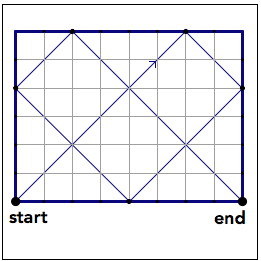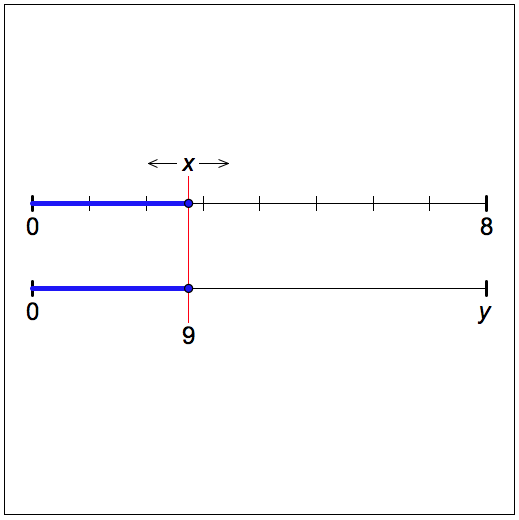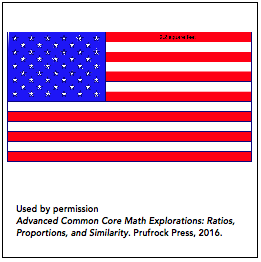5280 Math Content Guide
GRADE 6
CMP Content Guide: Intro Grade 1 Grade 2 Grade 3 Grade 4 Grade 5 Grade 6 Grades 7 and 8
Suggestions for Getting Started
Click on a prompt to get either (1) an enlarged pdf that you can display or copy, or (2) a page of supporting notes. I am working on writing supporting notes for every prompt, but this will take time. Feel free to request prompts that you would like me move to the top of my list!
Notice that Creative Math Prompts do not have directions. You and your students decide what questions to ask. Prompts that have supporting notes will give you some ideas, but don’t be afraid to explore the prompts that don’t have notes yet!
Watch for prompts that make connections across topics. They appear in more than one content category.
Explore beyond your grade level. Depending on your students and your curriculum, prompts from one or even two grades before or after the grade you teach may sometimes work better than the ones listed here! Also, the prompts are very open-ended, so you may be able to continue using prompts that have already been used by teachers at earlier grade levels!
Read about tips and suggestions for Using Creative Math Prompts.
Please contact me if you have a new idea for a Creative Math Prompt, especially for the few content areas that lack one. I will give you credit!
CONTENT
CREATIVE MATH PROMPTS
Data
measures of central tendency and variability; distributions: stem-and-leaf and box-whisker plots; line plots (with clusters, gaps, and outliers); graphs: bar, line step, and circle; statistical investigation: create a question, collect, organize, represent and analyze data; draw conclusions
Please share any ideas you may have for this content area!
Place Value
add, subtract, multiply, and divide decimals; exponential and scientific notation (whole-number exponents); very large numbers
Algebra (Part 1)
write and evaluate algebraic expressions; equivalent algebraic expressions; formulas, tables, and graphs (including rate of change; “starting” value)
Rational Numbers
represent, compare, estimate, order positive rational numbers; add, subtract, multiply, and divide fractions, mixed numbers, and decimals; translate between fraction, decimal, and percentage representations
Angles, Polygons, and Tranformations
measure and draw angles (including reflex); angle sums in polygons; angle relationships with parallel lines; coordinate geometry; isometries (translations, rotations, and reflections) and congruence
Algebra (Part 2)
absolute value; add, subtract, multiply, and divide negative numbers; subsets of the real numbers; number and operation properties (commutative, associative, distributive, identity, and inverse); simplify algebraic expressions (distributive property and like terms); solve equations and inequalities by testing values
Please share any ideas you may have for this content area!
Probability
random numbers; simulations; equally likely outcomes; tree diagrams; Venn diagrams
Please share any ideas you may have for this content area!
Ratios and rates
rates and unit rates; ratio as comparison (part-to-whole and part-to part); equal ratios or rates (proportion); percentages as ratios; scaling and scale factors; similarity
Measurement (Area and Volume)
Area formulas for rectangles, parallelograms, triangles, trapezoids, and circles with justifications and applications; Volume formulas for rectangular prisms, pyramids, cylinders, and cones with justifications and applications

























